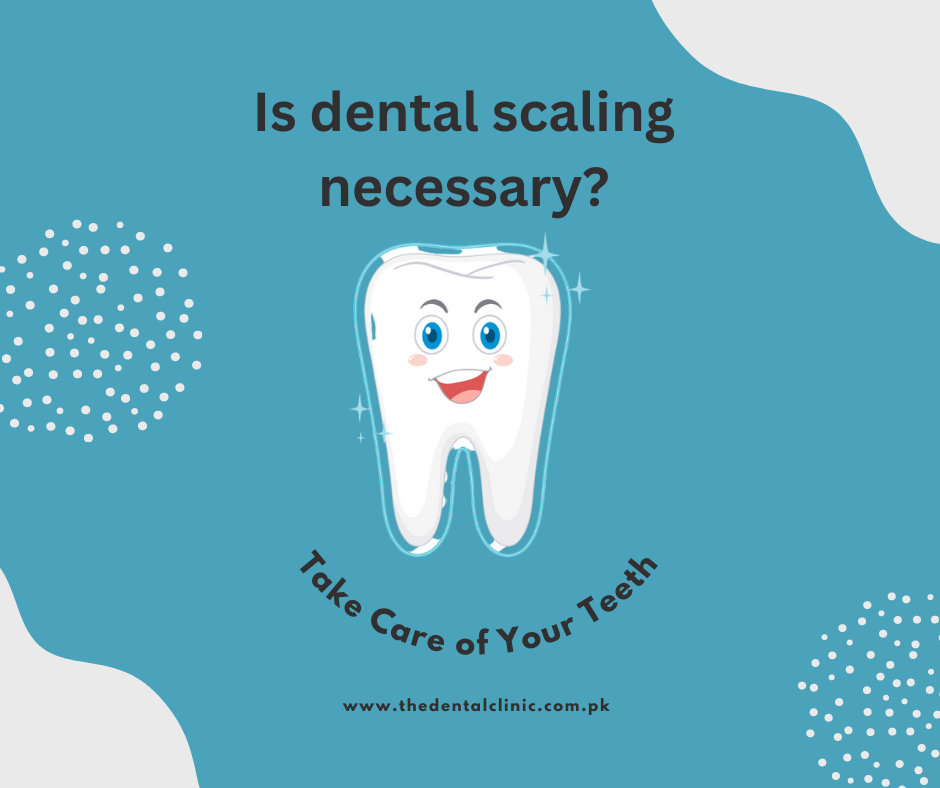
Is dental scaling necessary?
It is important to regularly brush and floss your teeth to fight bad breath and prevent gum disease. Though, while it’s important to take care of your teeth at home, it is also necessary to see a dentist twice a year for routine dental cleaning. Thus, to answer the question: is dental scaling necessary? Yes! A dentist will recommend dental scaling especially if you have plaque and tartar on your teeth and signs of bleeding gums, receding gums or loose teeth.
Here’s what you need to know about dental scaling:
Dental scaling is a routine dental procedure to prevent gum disease and remove excessive plaque buildup. Standard cleaning procedures only address the surface of the tooth, whereas scaling is a more intensive form of cleaning and goes much deeper. Scaling and root planing are normally recommended for patients with gum disease. Also referred to as deep cleaning, scaling and root planing is a type of cleaning that reaches below the gumline and removes the buildup of plaque. In simpler words, root planning is a lot like scaling except it cleans or scrapes off the plaque from the roots of the teeth that sit below the gumline.
Types of scaling
There are two types of scaling, manual and ultrasonic.
Manual scaling
Manual scaling is scaling done by hand with the use of metal instruments. The manual instruments include curettes, sickle scalers, files, hoes, and chisels. The scaling instruments are used to scrape off plaque and calculus from the surface of the teeth and below the gum line. The plaque and calculus deposits are removed from the tooth surface using proper and controlled strokes.
Ultrasonic scaling
As the name suggests, ultrasonic scaling is done using a mechanical ultrasonic instrument with a metallic vibrating tip. The ultrasonic scaler breaks down the calculus deposits. Moreover, the scaler also continuously sprays water to prevent the buildup of heat because of friction. The flow of water also helps clean out the pockets with its flushing action.
When is dental scaling necessary?
The saliva, bacteria and proteins in your mouth form a thin film that covers the teeth. While eating, the tiny food particles, acids, and sugars from the food stick to the film. If you don’t brush properly after meals, the leftover food particles begin to form a sticky substance on the teeth called plaque. The plaque can then contribute to tooth decay and gum disease. Similarly, when this plaque stays on the teeth for more than 2 to 3 days, it hardens to form calculus, commonly known as tartar to form on your teeth. The hard layer of calculus acts as a shield for bacteria and contributes to dental problems.
Everyone experiences some form of plaque buildup every once in a while. The bacteria in the plaque can cause tooth decay and gum disease. However, regular brushing, flossing and professional dental cleanings, such as dental scaling will help remove this plaque and prevent it from turning into more serious dental problems.
Dental scaling is also necessary in the case of deep pockets or periodontal pockets. Deep pockets are described as spaces around the gum line that have become infected. If you have healthy gums, the tissue will fit around the teeth like a glove and keep the plaque out. Although, in the case of gum disease, the tissue will loosen. Healthy gums typically attach to the tooth 1 to 3 millimeters below the gumline but with gum disease, the pockets are deeper than 4 mm or more. Similarly, these pockets are prone to depositing of plaque which will worsen existing dental problems and cause symptoms like bad breath. The dentist or hygienist will measure the depth of the pockets using a small probe.
In such a scenario, your dentist will recommend the removal of the plaque beneath the gumline with the help of dental scaling. This, likewise, will also help treat gum disease. Other symptoms that indicate you need scaling and root planning include:
Bleeding gums
Bleeding gums is one of the earliest signs of plaque deposits beneath the gumline. The bleeding typically occurs during brushing or flossing your teeth. Interestingly, even if a dot of blood appears while brushing or flossing, it’s a sign that bacteria are living below the gumline and a trip to the dentist is due for dental scaling. Regular cleaning and scaling procedures can prevent this from happening.
Inflammation around the teeth
Other than bleeding, you may also notice redness and swelling around certain teeth during the early stages of gum disease. This indicates inflammation of the gum tissue or bacterial infection. Scaling can remove the plaque deposits and help the gum tissue return to its healthy state.
Gum recession
As the gum pockets deepen, the gumline also pulls back or shrinks around the tooth. This is known as gum recessing and warrants a visit to the dentist. Gum recession is a serious health concern that only gets worse as you age. Thus, needs to be dealt with right away.
Hidden bone loss
When you visit the dentist regularly, they will advise at least one set of x-rays each year to check the health of your teeth roots and jawbones. X-rays highlight any kind of bone loss or detachments between the roots and the jaw. Research shows that you will benefit from a root scaling procedure if you struggle with hidden bone loss.
What to expect after dental scaling?
After getting your teeth cleaned, you may experience pain for a day or two and sensitivity for a week. Your gums may also feel swollen and tender. You may also experience bleeding while brushing and flossing. However, that’s nothing to worry about. Your dentist may prescribe a desensitizing mouth rinse to prevent infection and control pain. You’ll be asked to return for a follow up to see how your gums have healed and measure the depth of your pockets.
FAQs
Why is polishing done after scaling?
Polishing removes the leftover debris and discoloration on the tooth surfaces after scaling. It also smoothens the tooth surfaces and gives a shiny appearance to the teeth.
How long does dental scaling take?
Dental scaling normally takes around 45 minutes for both the upper and lower jaws. However, if you’re particularly anxious while getting dental work done, your dentist may schedule your scaling for two visits, diving the mouth into 2 halves.
Is scaling painful?
Scaling may cause slight to no pain. You may feel a bit of discomfort or a stinging sensation in the gums. Your dentist may apply a numbing gel to prevent this and make the procedure more comfortable for you.
How often should you get scaling done?
Scaling is recommended after every 6 months to get rid of plaque, calculus and eliminate bad breath. However, for patients who have a higher tendency of plaque buildup and struggle with bleeding gums, it is recommended to get scaling done every two to four months.







